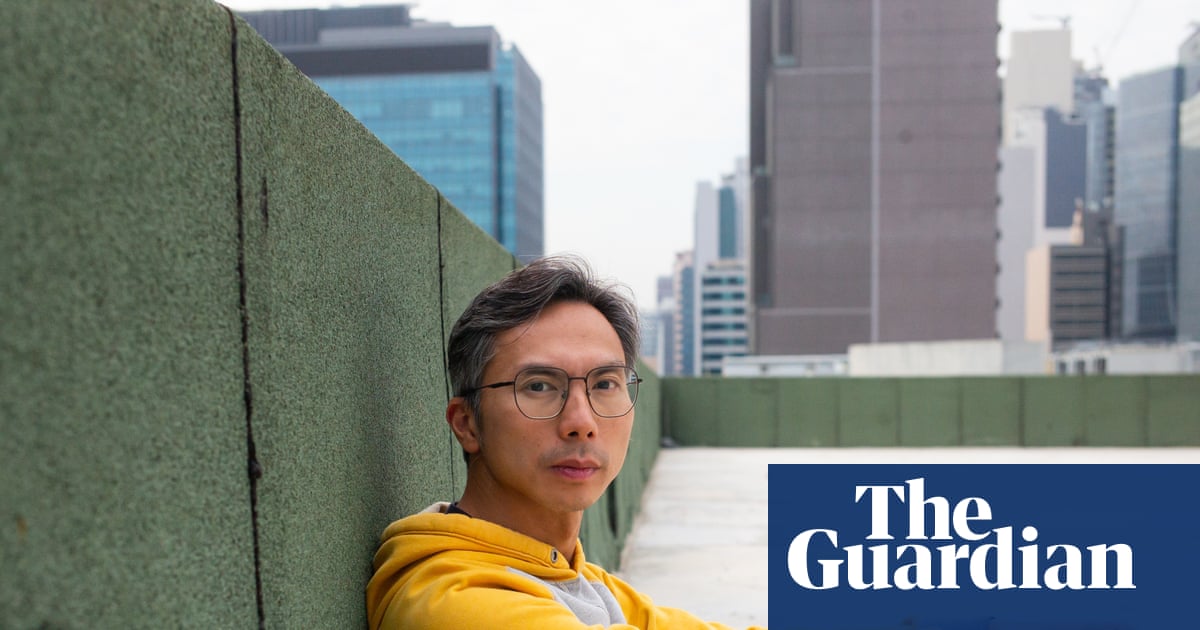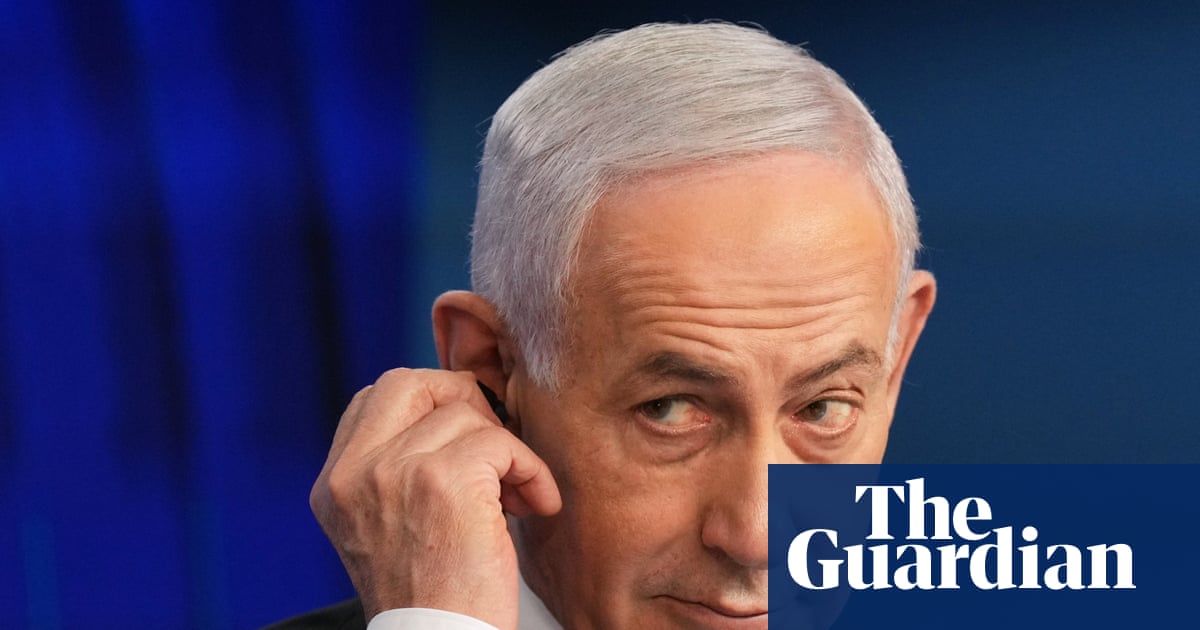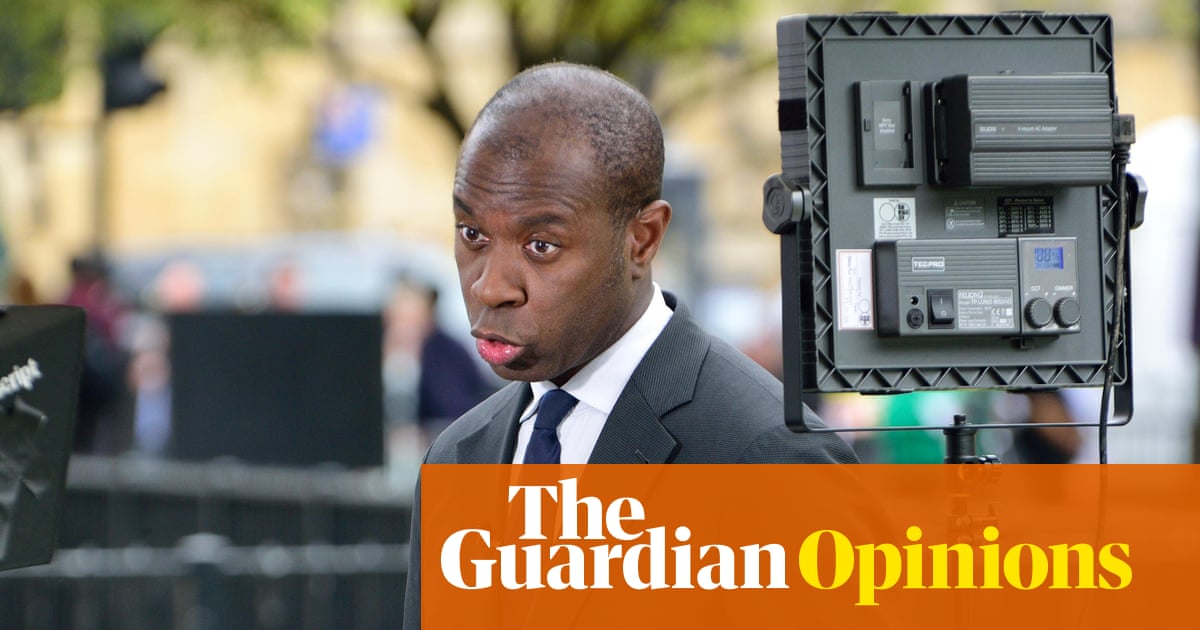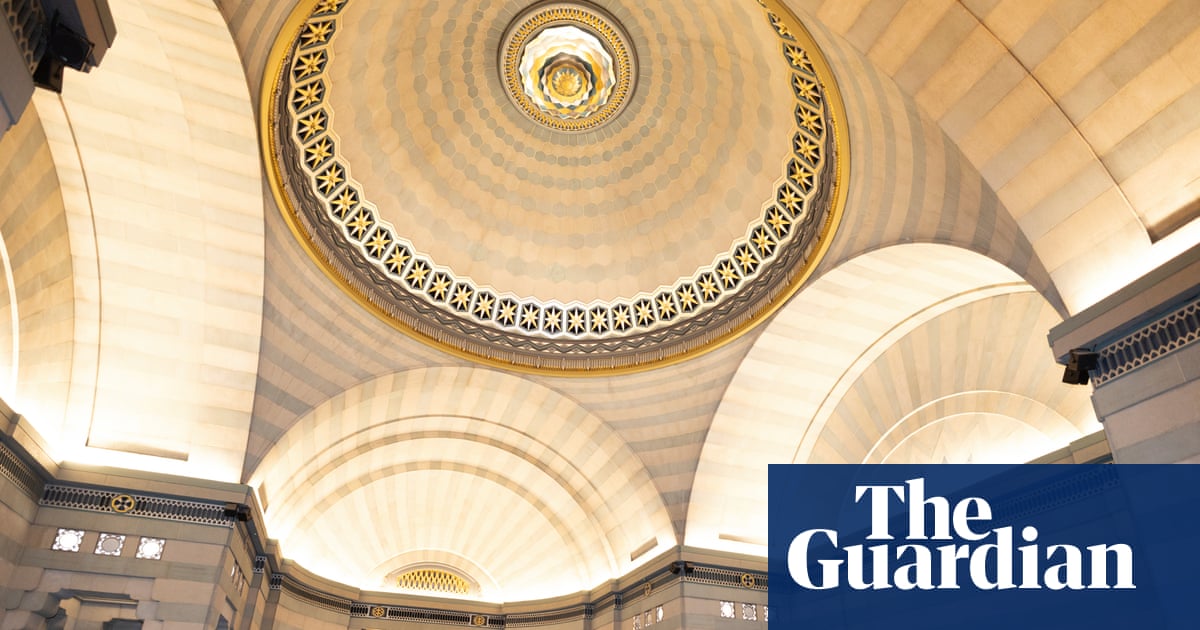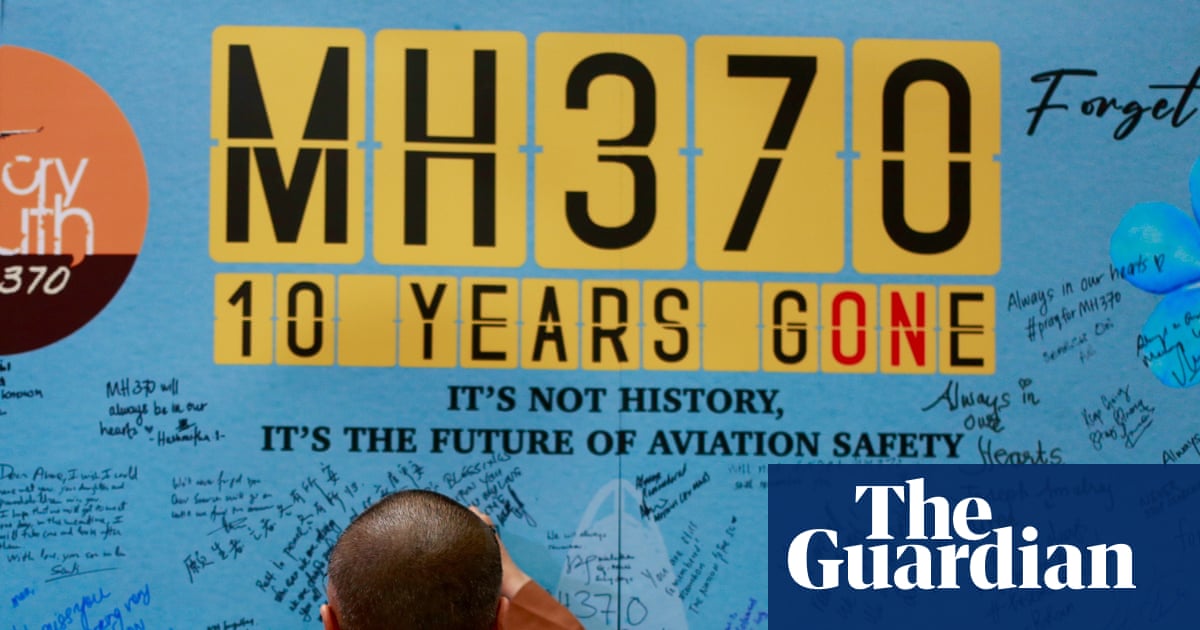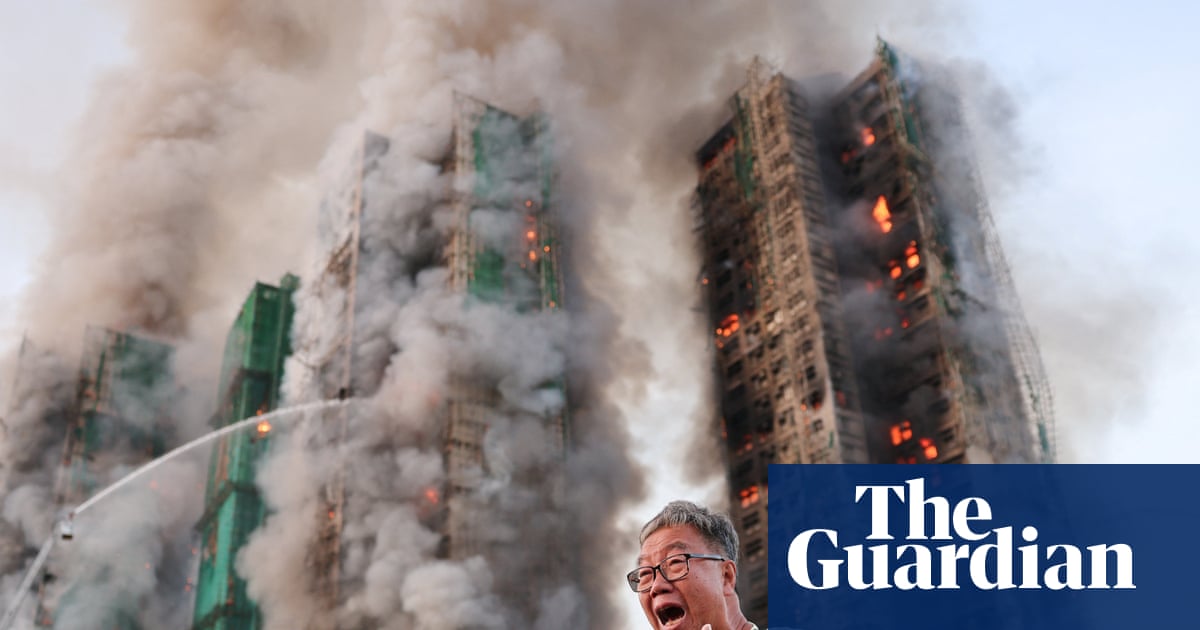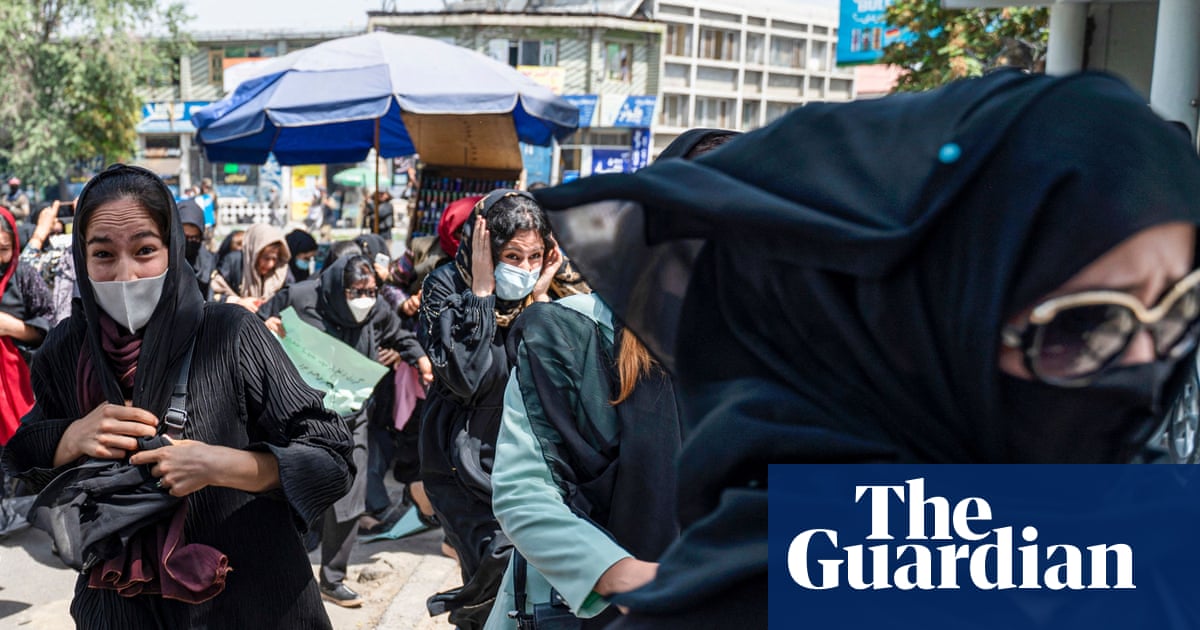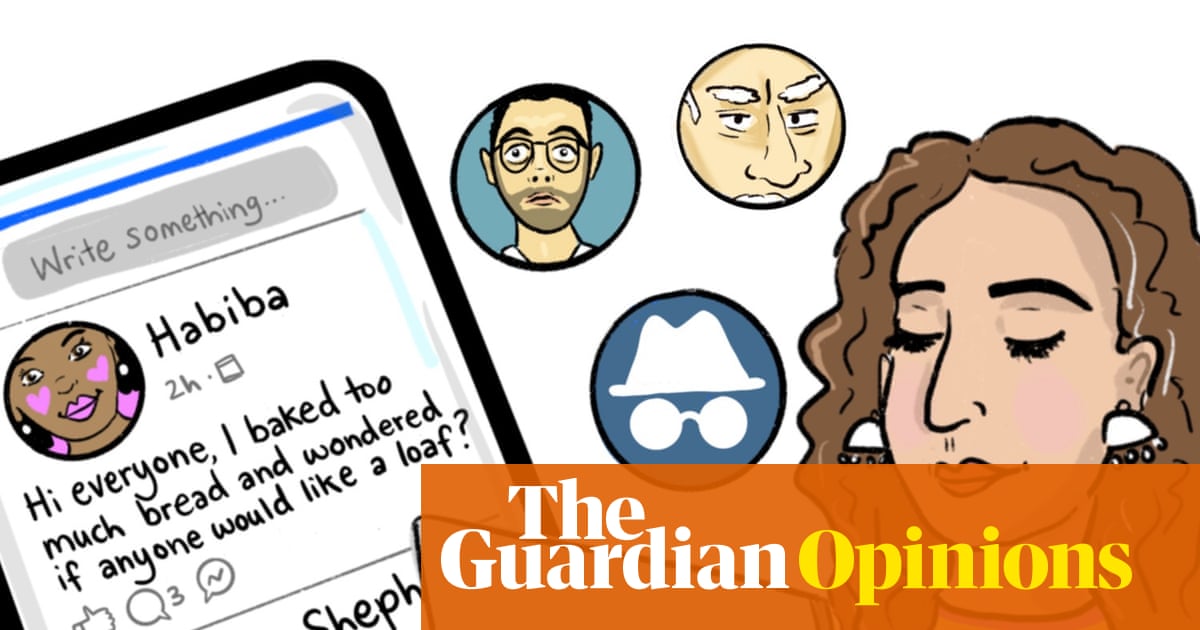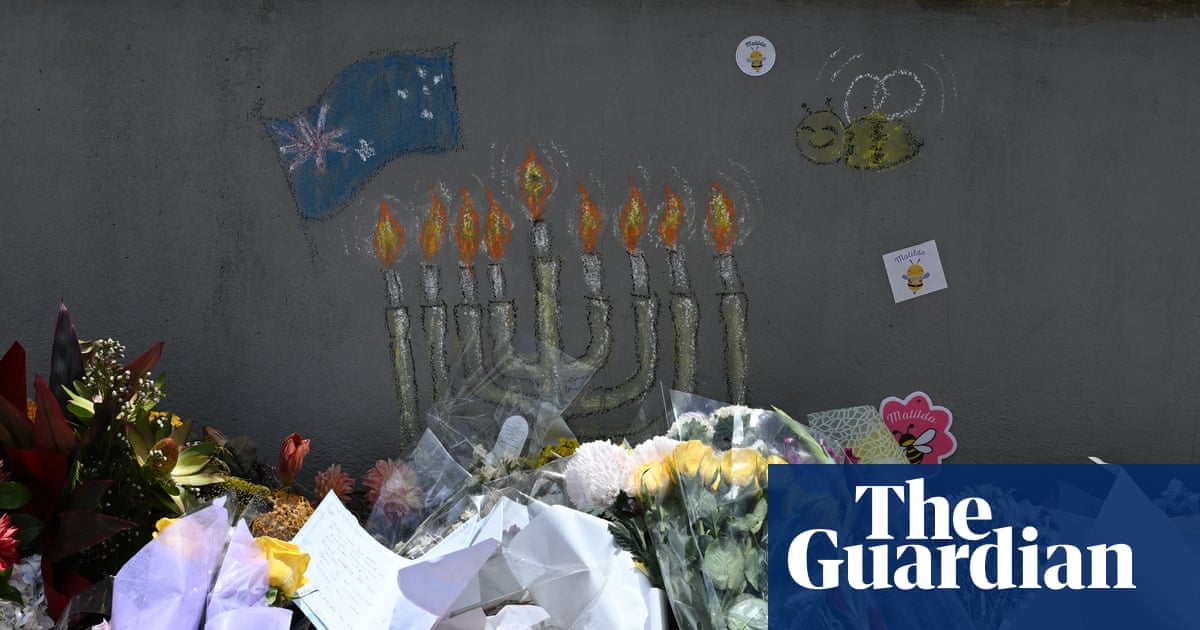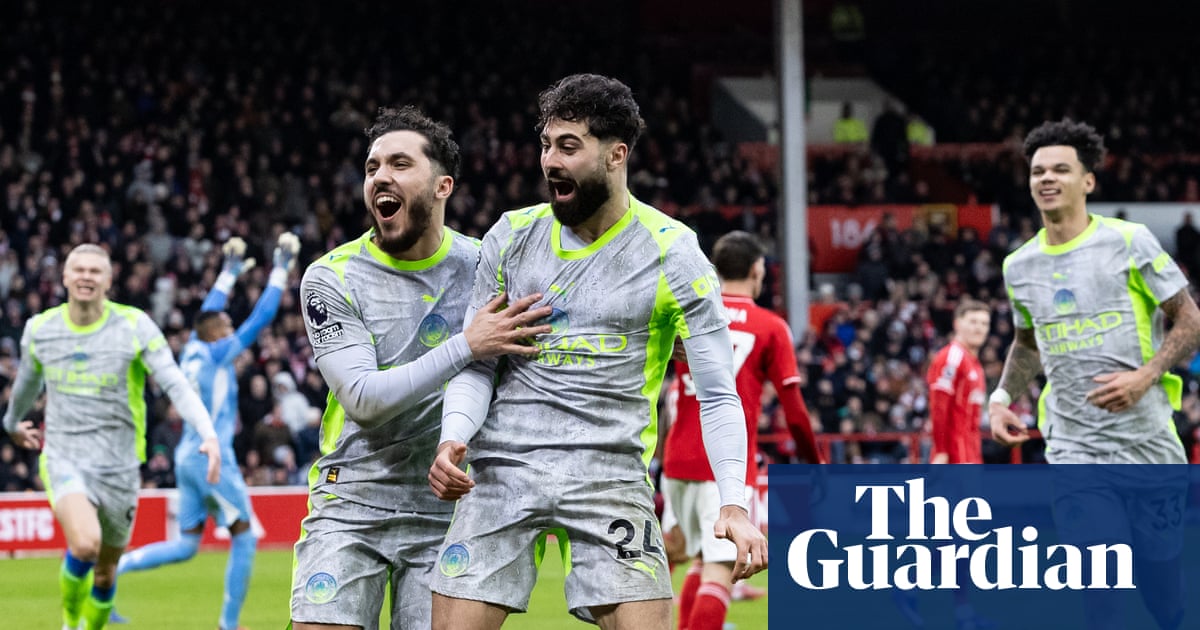On Wednesday morning, Beijingers living near Tiananmen Square were issued with cold breakfast packs and ordered to refrain from cooking, lest smoke from stoves cloud the skies above the mammoth military parade. China’s Communist party goes to extraordinary lengths to ensure that nothing obscures the message of such performances – in this case, that Xi Jinping is reshaping the global order and that China is, in his words, “unstoppable”.
The parade marked 80 years since the end of the second world war, positioning China as the critical force in victory in the east then, and a force to be similarly reckoned with today as “humanity is again faced with the choice of peace or war, dialogue or confrontation, win-win or zero-sum”, in Mr Xi’s words. China is “not afraid of bullies”.
Nationalism has become increasingly central to the party’s domestic message. For international observers, it was the guest list, even more than the sizeable nuclear and conventional arsenal, which spelled out the intent. The images of the Chinese leader flanked by Vladimir Putin and Kim Jong-un, with other autocrats paying court, could hardly have been more striking. It found its intended audience. Donald Trump – his pique perhaps sharpened by the contrast with his own alarming but underwhelming parade in June – accused the trio of conspiring against the United States.
Yet if China’s rise is the underlying force in the global shift of power, it is Mr Trump who has provided it with fresh opportunities as he divides and weakens his nation, bullies US allies and attacks the postwar global order. New Delhi was seen as a potential counterweight to Beijing. But Narendra Modi’s attendance at the Shanghai Cooperation Organisation summit, another opportunity for Chinese grandstanding just before the parade, was a clear riposte to Mr Trump’s punitive tariffs on India. To many governments, China now looks like the more predictable, if not friendlier, player.
Despite the talk of an “axis of upheaval”, relations between the Chinese, Russian and North Korean leaders are better understood as an alignment. There are limits to, as well as frictions in, the ties, though that need not prevent them enduring or causing lasting damage. Moscow has relied on Chinese diplomatic and economic support and equipment in its war in Ukraine – but has had to turn to Pyongyang for weapons and troops. Mr Xi embraced Mr Kim after Mr Trump wooed the North Korean leader. Now he keeps him close to prevent Pyongyang growing too close to Moscow.
China’s military progress also faces challenges. Pakistan’s clash with India in May saw a Chinese fighter plane tested in combat for the first time. But it is decades since the People’s Liberation Army saw action and a widening purge, including of generals promoted by Mr Xi himself, suggests he is still concerned about its corruption, political reliability or both.
It would be folly to ignore Beijing’s statement of intent. But it would also be foolish to confuse it with a statement of fact. The future is still being written. Governments in Asia, Europe and elsewhere still have choices to make; and those will be shaped by US actions as much as Chinese. Mr Trump is surrounded by China hawks. Yet the biggest imminent threat to Taiwan is probably not that Chinese military confidence leads Mr Xi to risk war with the US, but that Mr Trump rats it out for a trade deal.

 3 months ago
63
3 months ago
63

